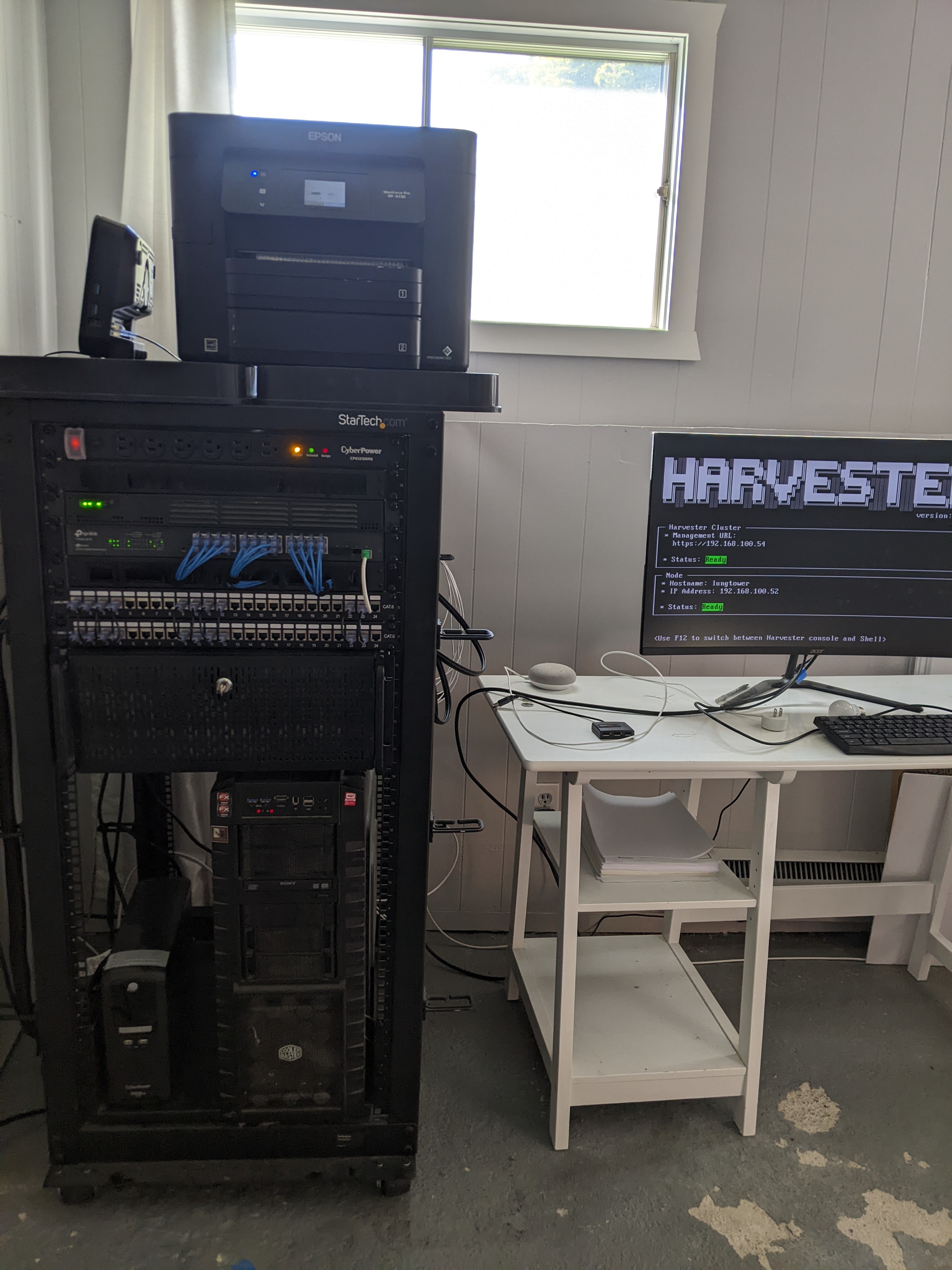Pass uses GPG and git under the hood.
You create keys to encrypt your data, and keep the encrypted data in git locally which can be cloned to github, gitlab and the like.
It’s just files on your computer, so you can back them up that way, or use a thumb drive as a remote git repo and push to it.
Day to day Type pass and tab complete to find the entry. Enter the command and be prompted to unlock it. It will then print the credentials to the terminal.
To create a new password, you type and add command followed by a name and a text editor opens up for you to type credentials in, or it can generate them for you.
To keep your backup up to date you just git push to the remote of your choice. I use github











Neo4j might with